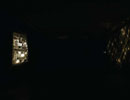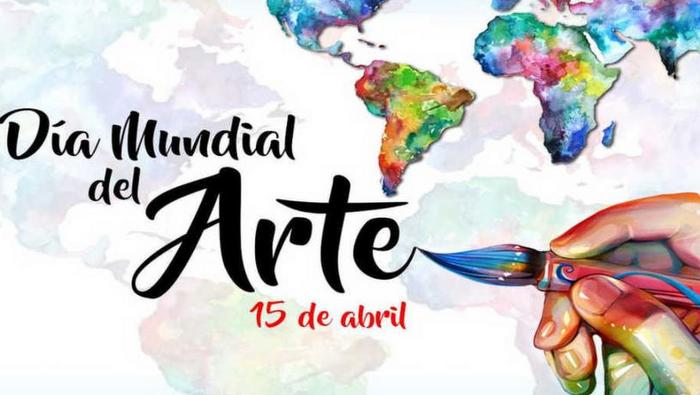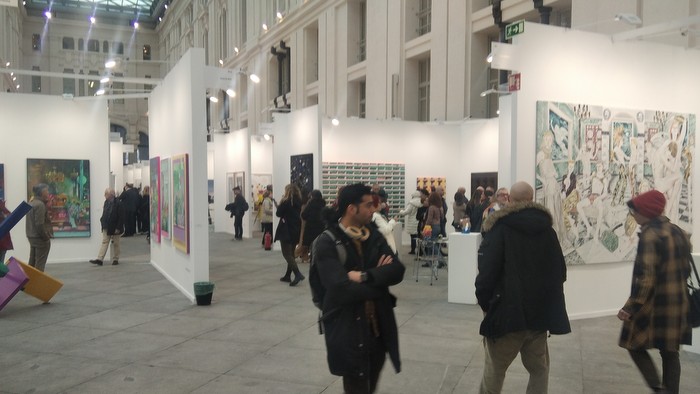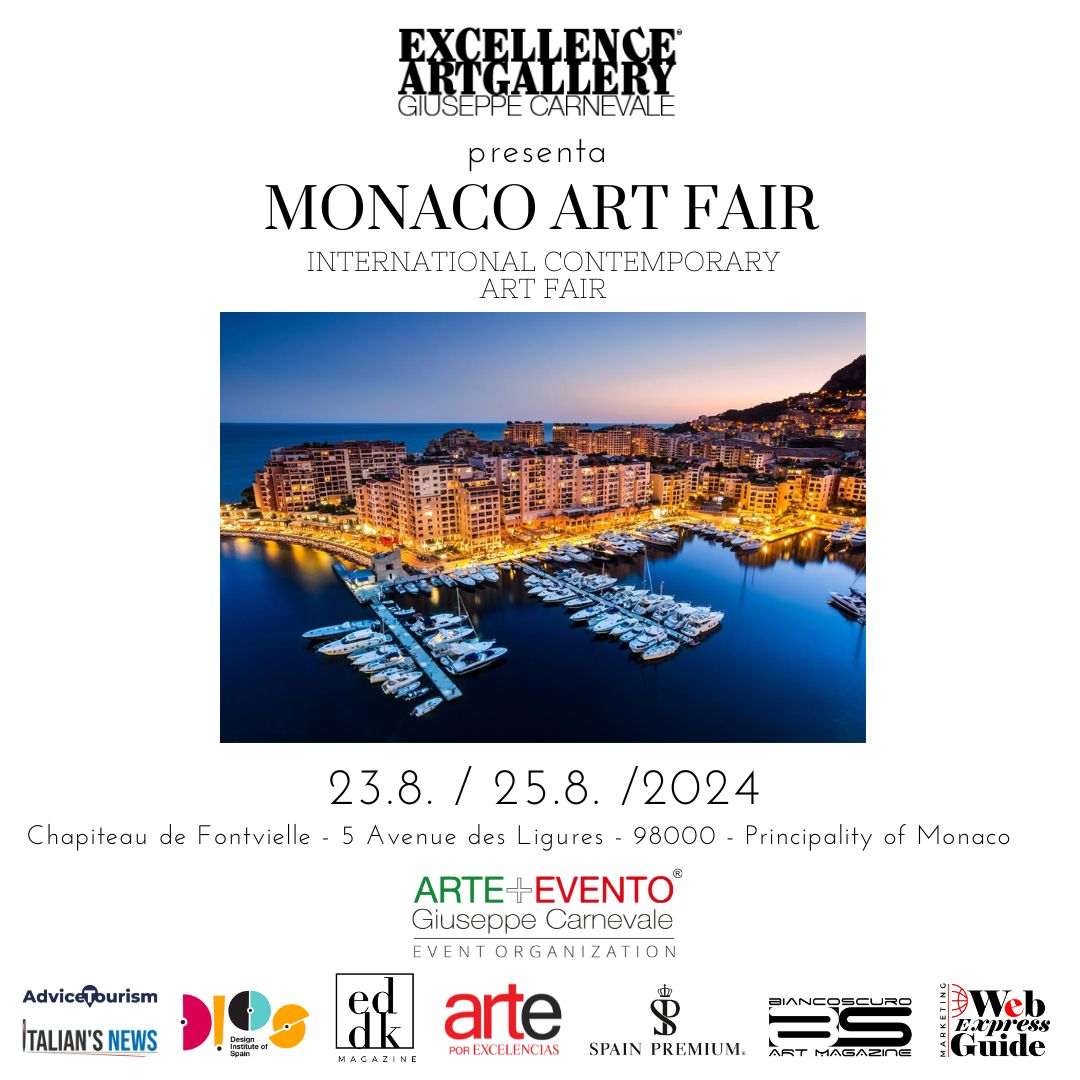Twenty years have gone by since Julio Le Parc had been in Havana last; his relationship was quite aloof, yet unforgotten. Many trips from the 1960 to the late 80 had turned him into a reference –and a friend– within the Cuban artistic framework of those years.1
With Casa de las Americas he’s had particularly close ties. Those visiting Casa in the 1970 still long for that huge exhibition that blew up the institution from the ground up: mobiles, mirrors, bull’s eyes, surveys, lights. All spaces in the building became a giant game arcade in which Le Parc invited spectators to take part in it, to transform and feel part of the process. A game in which the spectator’s dynamics was both required and decisive.
In 1981, he returned to the institution and exposed Modulations, a plastic exercise resulting from his nonstop need to innovate. “That attitude of nonstop experimentation assumes the risk of erring, but also an endeavor toward the happiness of adventure as a multitude of possibilities are developed with each passing day,” he wrote back then in the exhibit’s catalog. With Le Parc’s modulations, a new expressive universe in his work was swinging wide open. He was introducing drawings made with templates and spraying paint on huge canvases that used to project warps, light beams and reflections, thus clinging faithfully to his lighting experiments.
He came back to Casa in December 2009 at the end of the Kinetic Year, a project that rescued the optic-kinetic heritage from the Our America Art Collection within the institution and prompted the reencounter among the boldface names of this movement within Cuba’s creative space. Le Parc-Lumière came into being to show us the current trendiness of that thinking so consequent with and committed to what he has always considered the art’s duty of its existence: a tool for communicating with the spectator.
Three installations of light and movement, thought up and adapted for the space of the Latin American Gallery, make visitors plunge into a riveting and maze-like tour. Within the twilight, there’s no transition from one piece to another. You’re simultaneously bombar-
ded by an array of sensations and visual stimuli.
In Lumière en mouvement, one of his artworks in this exhibit, he applied the same optical principle of the 1960s, relying on small white, black or see-through acrylic squares. In 1963 he had already taken that experience to its highest conception with Continuel Mobile that he presented with GRAV2 at the Paris Biennial. A huge 7-meter-long installation whose hundreds of aluminum mobiles used to form an extraordinary luminous ambience when hit by the light.
After staying in the artist’s studio in the outskirts of Paris for several years, the piece was recovered by Ella Fontanals-Cisneros and joined the Miami-based Cifo Foundation Collection. This foundation, whose work in recent years for the protection and recovery of the Latin American art has been remarkable, has turned out to be a major space for the promotion of the continent’s geometric abstraction and optical-kinetic art.
The sizes of Continuel Mobile called for adaptations in order to be exposed in Cifo’s backyard. A new ingredient was being added to the piece this time around: the mobiles were now reflecting their surroundings through natural light and their dynamism was controlled by the wind blowing outside. Unknowingly, Le Parc had let in new collaborators and the artwork had become a mere plastic action carried out by nature.
At the Latin American Gallery, Lumière en mouvement also acquired a different character. The mobiles panned out to be the means to achieve the true artwork. They are nothing but the justification to create overwhelming and hypnotic reflexes. The same calm intention is applied to Lumière visualisée, where the soft glows trespass the thick curtains and create a visual effect with the projection of the spectators’ own shadows as they stand in front of piece to look at it.
Lumière en vibration, for its part, triggers a state of exaltation generated by the uneasy treatment of light. The peculiar characteristic of this piece hinges on its ability to be pierced like a maze until it reaches –if you want to do it– the vibrant luminous device that alters our scene.
The concepts Le Parc wields in this works dated in 2009 go a long way back to the 1960s when he started using lights powered by “homemade” engines he had invented and built in his own studio. The principle has not changed, but once you walk in the Le Parc-Lumière, it just seems as if you were watching a high-tech show. Nothing can be farther from the truth. It’s precisely the simplicity of the solutions what actually amazes people. The true complexity is the artwork itself.
With some many temptations along the way, so much daily technological development and the new means that can make creations a whole lot easier, isn’t Le Parc interested in imbuing himself in them?
My idea always was about the need to have a relationship between the means you use and the visual result. Many times when the technical part prevails, the visual effect is damaged. In some cases, there’s nothing but an accumulation of technical means, and in the worse-case scenario, that representation makes no sense at all. Besides, there’s no proof that those technical means could actually be effective in some cases.
I made a sculpture in Italy I wanted to light up, just as I’d done with a smaller version. It was going to be just a light shining from the bottom up in a differentiated way, very slowly. The organizers said: “let’s call an expert who works for big-ticket shows, with electronic gizmos, computers and software.” He was called in and eventually installed everything in front of my sculptures. I told him what I wanted and then he began to make lots of tests. I told him I was not interested in any of that, that I only wanted a discreet light. He was going crazy and despite all the apparatuses he had, he didn’t make it. He told me he could contact with a team in Germany and order new software for a more elemental, very simple kind of movement that I could achieve with simple things at a very small scale.
Getting something done with those techniques is not a warranty. Ideas must prevail in this case, what you want to showcase or the kind of experimentation that you want to do. You cannot be dominated by these elements.3
And he’s right. Le Parc-Lumière is a lesson well taught. The artist doesn’t need to excel in computer software, apply laser technology, LEDs or holograms. Relying on the basic principles of electronics, he achieves complex effects. He doesn’t create light pieces, but “luminous actions,” dynamic and even unreal effects.
This exposition is an incredible lesson of talent and honesty, primarily toward art, but most of all toward the public. Because Le Parc has always put the spectator on the front burner, making him or her the crucial element to attain “the genuine revolution in the arts”.4
In the manifesto he wrote after 1968 entitled Demystifying Art, and following an analysis on the attitude any artist should have in the fight against the monopolization of the cultural system, he refers to the creation of situations aimed at encouraging the behavior of the public toward plastic actions –without mediations or meddling of any kind– as one of the necessary actions. Up to now, he has stood his ground.
What I’ve tried to make clear, and in many cases fight against, is the appraisal of contemporary creation. The phenomena that are all the rage are named and those phenomena are tied up to the commercial facts, and in some cases to other interests that make the appraisal of contemporary art a completely phony and artificial thing […] What does not exist –and we try to put it out there– is a confrontation between contemporary creation and people in general. And what it’s truly happening is not a confrontation, but a sale in which money calls the shots, not art”.
Le Parc-Lumière is not only an exhibition, but a declaration of principles.
At the end of the day, Le Parc has never stopped demystifying art.
_______________________________________________________________
1 He made his last trip in 1988, invited by UNEAC to attend its 4th Congress.
2 GRAV (Groupe de Recherche d´Art Visuel), formed in 1960 in Paris and made up of Julio Le Parc, Yvaral, Francisco Sobrino, Horacio Garcia Rossi, François Morellet, among others. Those artists sought to break free from the unidirectional relationship between the artwork and the spectator by relying on object dynamism, collective works and engagement.
3 In a conversation with Le Parc during his presentation in Arteamerica at the Casa de las Americas on December 10, 2009.
4 He wields this concept in the Enough Modifications manifesto, Paris, October 1963, published in the Le Parc Lumière catalog, Daros exhibitions, Zurich, 2005.
5 Abovementioned conversation.

Publicaciones relacionadas



















